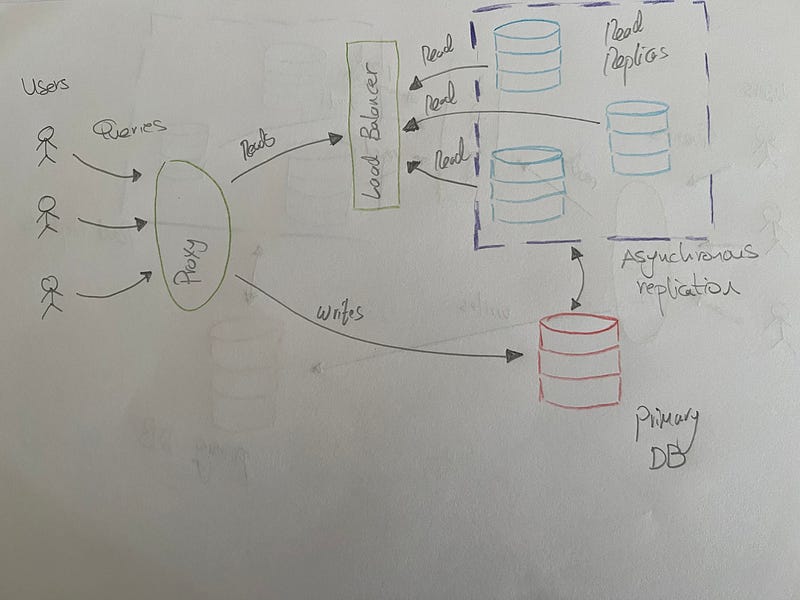Each copied instance of your database has the entire set of data, and a read replica provides simply a read-only replica of it. It is a great idea to employ read replicas to relieve database read operations off the single master instance, allowing it to handle more user requests, maintaining a duplicate of the exact data across several nodes, maybe spread out over various places. Fault tolerance is provided through replication. The system as a whole can withstand the failure of one or more computers because users may access the data from a separate machine that is operating normally because the same data is stored repetitively in numerous machines. Data access can be accelerated by having a replica, especially in businesses with several locations.
When accessing data from Europe data centres, users in Asia or America could encounter delay. Access times can be sped up by placing a copy of the data nearby to the user. Additionally, replicated data can optimise and enhance server speed. Users may access data more quickly when firms operate numerous replicates across many servers. Administrators can also free up processing resources on the main server for more intensive writing operations by routing all read activities to a replica.
User traffic is diverted to the remaining read replicas when one of the read replicas shuts down. One of the read replicas gets promoted to become the new master DB instance in the event that the original DB instance fails, and it will now take both read and write traffic. For your database, you may establish a number of reading replicas, and you can send all read requests to those nodes. The connected read replicas get an automatic replication of any modification to the main DB instance. You need to be aware of the possibility of replication lags since they can occur in certain circumstances.
Talking of high availability, you require several trustworthy replicas of your database spread across several locations. To boost database availability, you may deploy several reliable replicas of your database in various availability zones by combining read copies with multi-AZ deployments. The architecture below may also be utilised for read scaling because the application will have access to all read replicas.
The cloud infrastructure is organised into a number of availability zones that are distributed across various geographic locations. Any modifications to the master database instance are synchronously replicated to another instance in a separate availability zone when using Multi-AZ deployments.
In contrast to data centre failures, this enables clients to execute their production workload fault-tolerantly. From a financial standpoint, a read replica costs the same as a typical primary DB Instance. You may make sure that you are not charged for extra read replicas if there is no load, though, provided you have specified an autoscaling policy for your read replicas.
Remember that while you may boost your application’s read performance with read replicas, you cannot raise its write throughput since you are still writing to the single master DB instance.
This article is possible because of these references. Some external links in this post are affiliate links.






